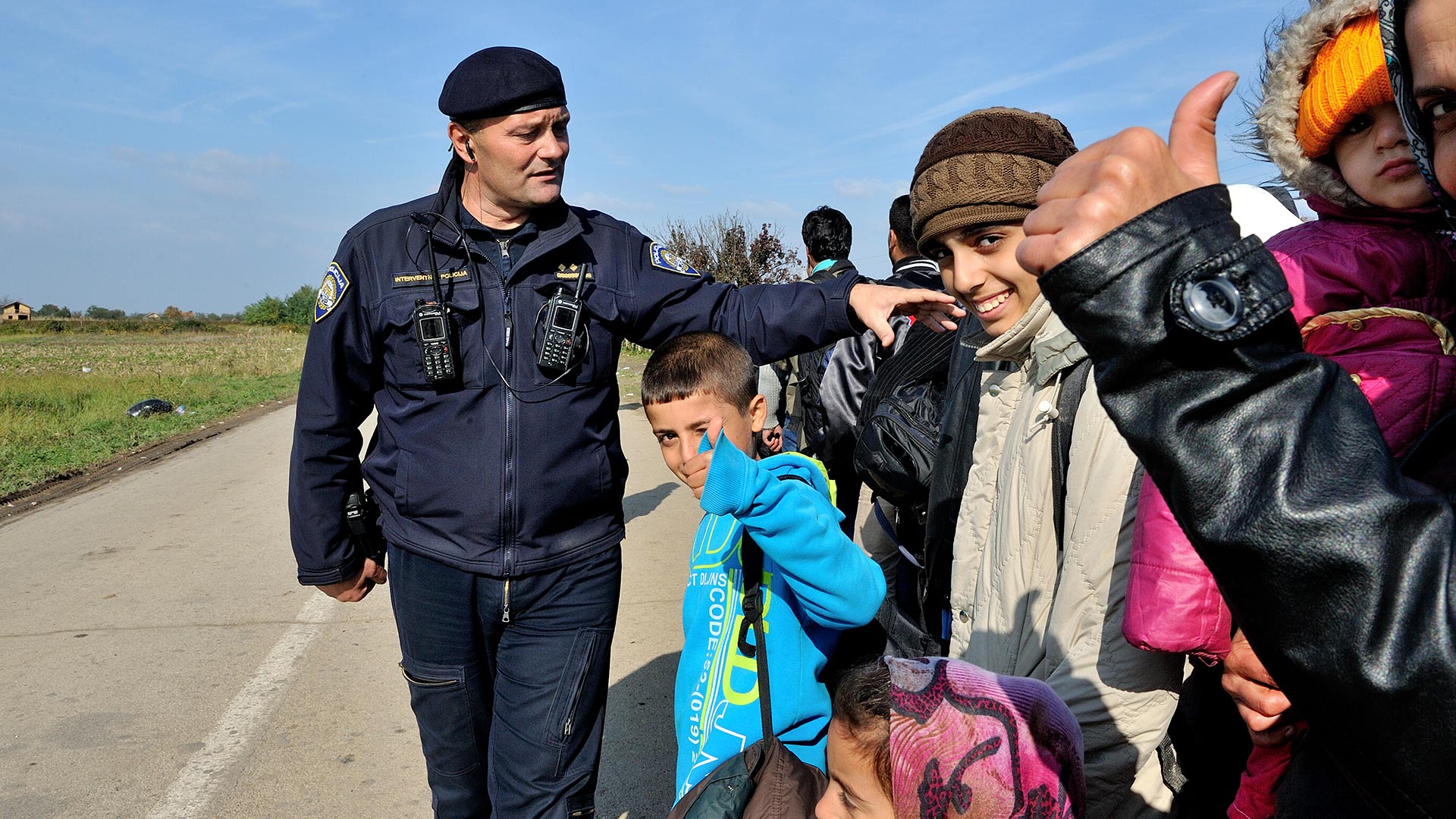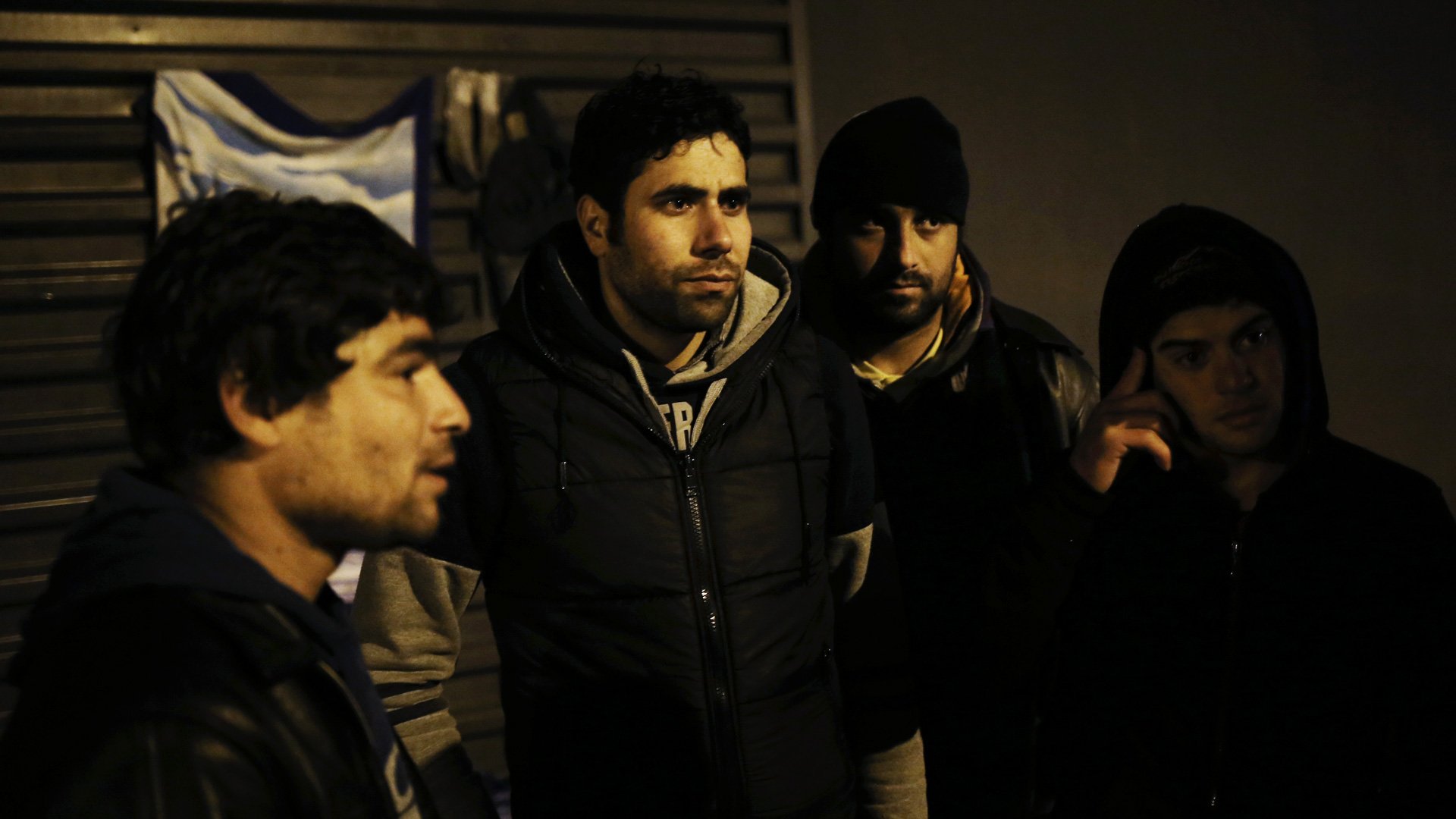UNHCR begins delivery of shelter materials
UNHCR begins delivery of shelter materials
SKOPJE - The United Nations High Commissioner for Refugees this week started delivering locally procured shelter materials for minor repair of houses damaged during the six-month war in the former Yugoslav Republic of Macedonia (FYROM).
On Wednesday, several convoys set out from warehouses of local suppliers in Skopje. A convoy of 6 trucks brought shelter material to drop off points in Lipkovo and Vaksince, to cover villages inhabited by both communities in the Lipkovo municipality, north of Kumanovo town. Two trucks with shelter material were sent to Radusa, 25 north-west of the capital Skopje, and another three trucks went to Aracinovo, about 10 km east of the capital, where damaged houses of both communities will be prioritised. Earlier this month, 15 trucks of shelter material were sent to drop off points in Tetovo, 60 km west of the capital.
The distribution of shelter material continues Friday and in coming days. UNHCR has initially planned for the repair of 1,500 houses in Tetovo, Kumanovo and Skopje regions under a $1.3 million emergency shelter repair programme to be completed by the end of this year. Other agencies have similar projects for another 3,000 houses.
"Repairing houses will send a strong signal that following the conflict the country is on the road to normalcy," said Amin Awad, UNHCR's representative in FYROM. "Materials we are using under the programme are being purchased locally. This is in line with our effort to help in reviving the local economy."
The shelter materials include doors, windows, ceramic blocks, tiles, glass, timber battens, planks and cement. They will be used in fixing shattered windows and doors and damaged walls and roofs - described as categories one and two under a classification system based on UNHCR's previous shelter rehabilitation programmes in the region.
Awad stressed that the UNHCR programme is only for urgent minor repairs and that non-humanitarian agencies will undertake the rebuilding of severely damaged houses - category three and four in the government's damage classification. For the coming winter, UNHCR's emergency programme envisions the repair of one warm room for returnee families whose homes were heavily damaged.
The [former Yugoslav Republic of] Macedonian Centre for International Cooperation, the International Rescue Committee, Shelter Now International and Mercy Corps are being funded by UNHCR to implement its shelter programme. These agencies have already begun repairs in areas where there have been returns, such as Aracinovo, Lopate and Bjrnarci, where UNHCR's blue plastic sheets are visible from houses that have been fixed.
Most of Lopate's mixed population of 2,000 is also back. Last month, following a bus shuttle service by UNHCR from collective centres, 300 displaced ethnic Macedonians returned to neighbouring Bjrnarci, joining 70 others who never left. This is part of UNHCR's programme to help build confidence in the peace process. UNHCR field teams have visited 80 of more than 100 conflict-affected villages.
More than 60,000 refugees have returned to the country of FYROM, while more than 16,000 remain in Kosovo. Local authorities estimate that there are between 40,000 and 50,000 persons still displaced within the country, most of them residing with host families.







